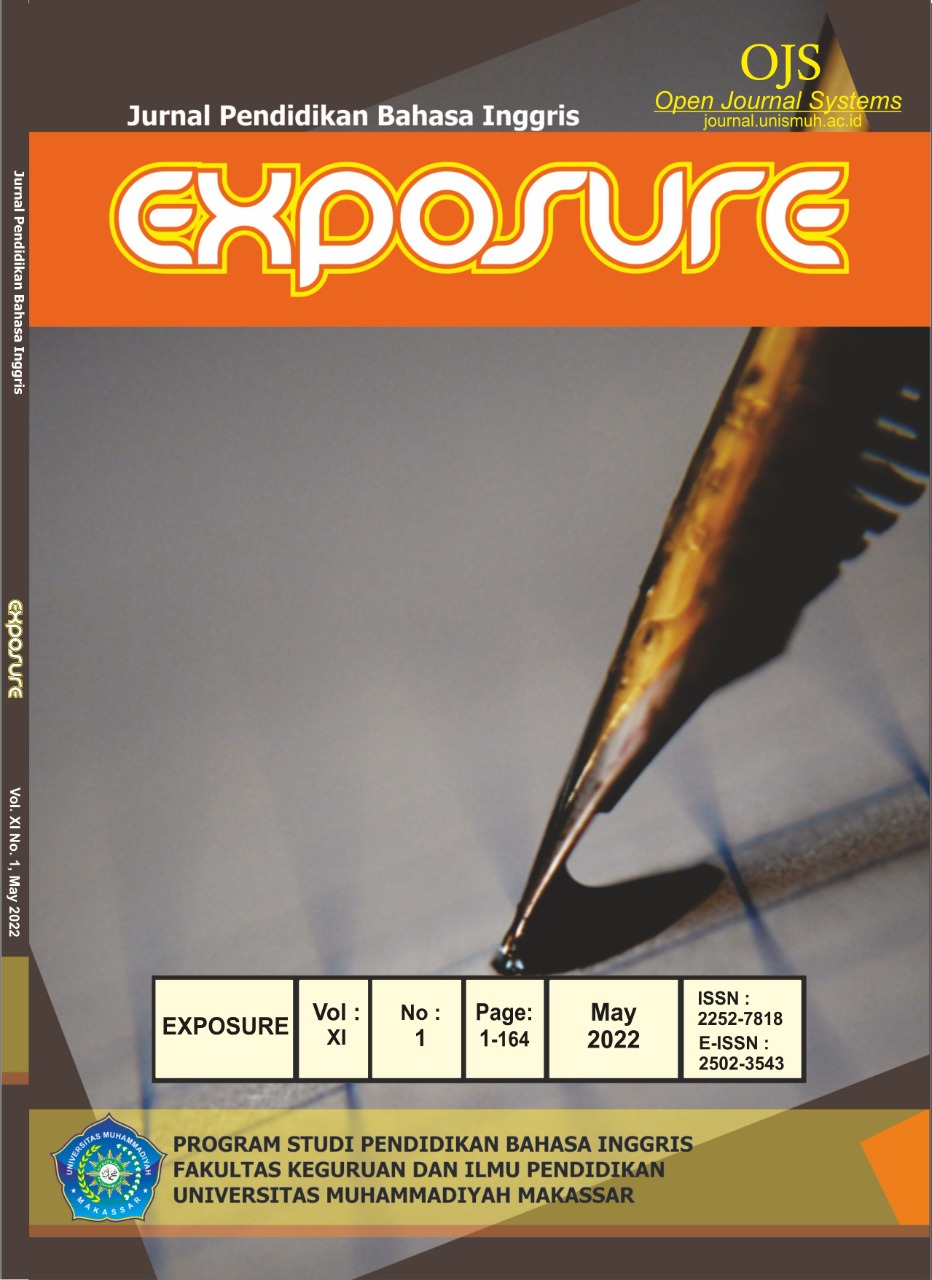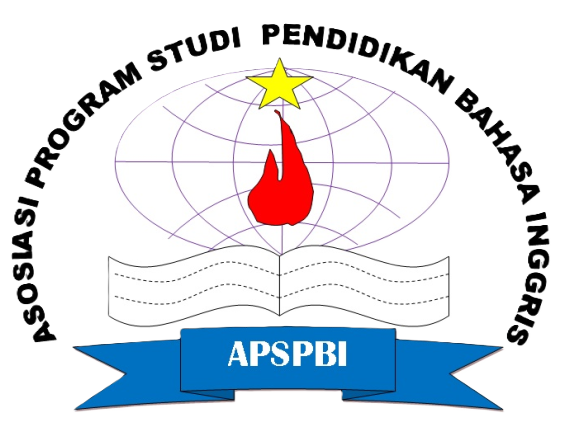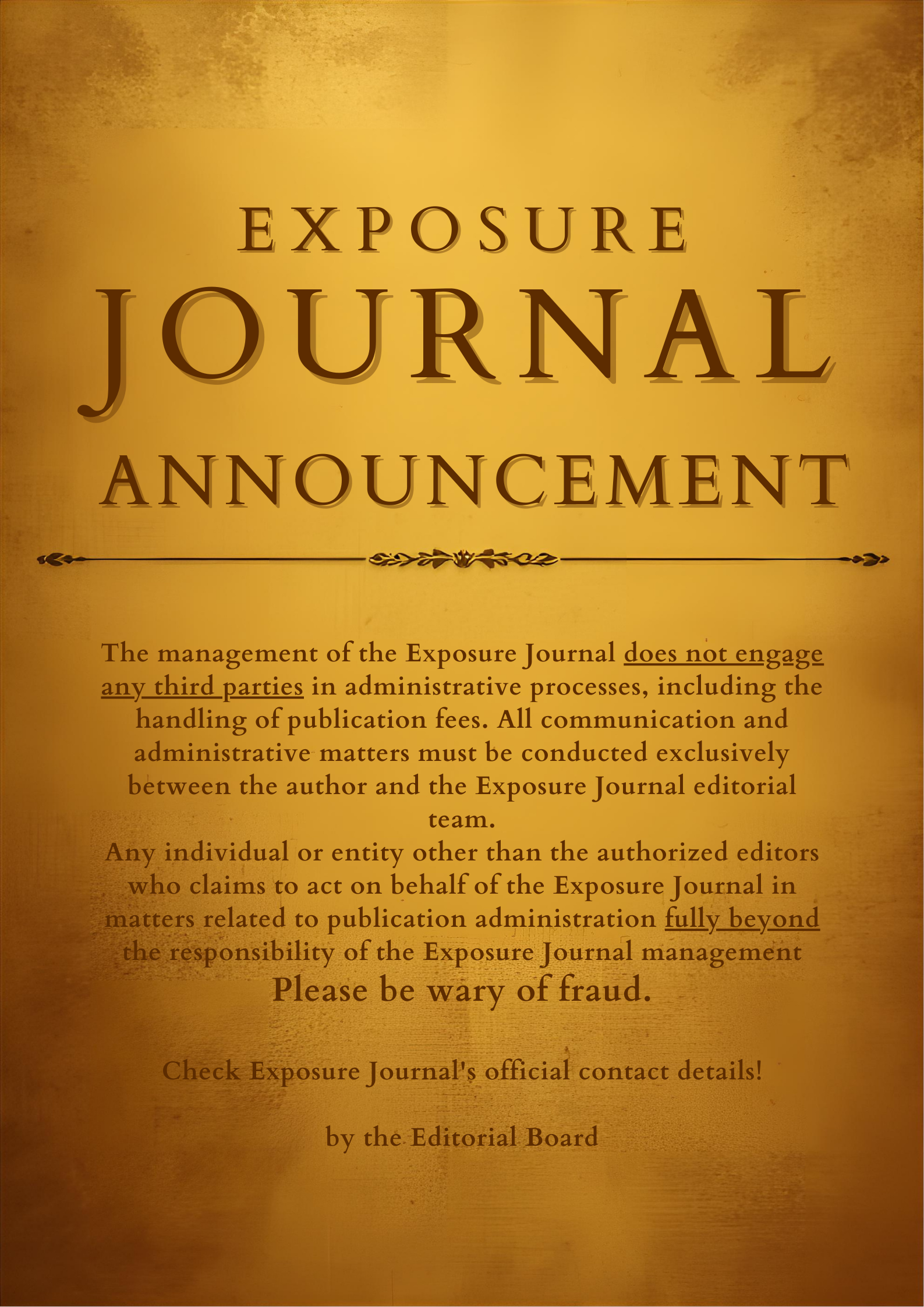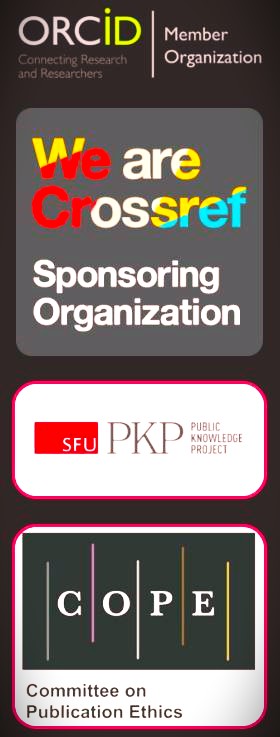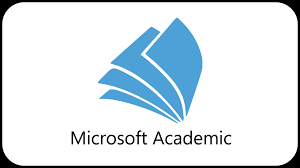HOW TO CREATE SPEAKING POLITENESS IN ELEMENTARY SCHOOL
DOI: https://doi.org/10.26618/exposure.v11i1.7171
Politeness, Politeness Language. Students,
Abstract
This research aims to describe and analyze the form of politness language in conversation at classroom. Interaction between the students and teachers. The approach which is used qualitative descriptive. This research activity uses data collection methods, namely competent free involvement methods, and notes. Data of this research is the language expressions in the form of words and sentences of the speakers. The data source of this research is used oral data source in the form of speech event between the speakers, namely between the studets to their teachers. The politeness language for an interction with the teachers in classroom learning is very dominant in the three modes of speech, they are 1) request; 2) application; and 3) expect. Asking is a directive politeness act that has the goal of expecting the speech partner to be given something as requested by the speaker.
References
Herujiyanto, A. (2015). Faktor Dan Strategi Pengembangan Budaya Baca Melalui Membaca Pemahaman Mahasiswa. 33(2), 215–4846. http://en.unesco.org/
Leech, G. N. (2014). The pragmatics of politeness. Oxford University Press, USA.
Sutopo. (2006). Metodologi Penelitian Kualitatif. UNS.
Trosborg, A. (1994). Interlangguage Prgmatics: Requests, Complaints And Apologies. Walter De Gruyter.
yule.pdf. (n.d.).
Yule, G. (1996). The Study of Language. University Press.
Downloads
Additional Files
Published
How to Cite
Issue
Section
License
Authors who publish with this journal agree to the following terms:
In order to assure the highest standards for published articles, a peer review policy is applied. In pursue of the compliance with academic standards, all parties involved in the publishing process (the authors, the editors and the editorial board and the reviewers) agree to meet the responsibilities stated below in accordance to the Journal publication ethics and malpractice statement.
Duties of Authors:
- The author(s) warrant that the submitted article is an original work, which has not been previously published, and that they have obtained an agreement from any co-author(s) prior to the manuscript’s submission;
- The author(s) should not submit articles describing essentially the same research to more than one journal;
- The authors(s) make certain that the manuscript meets the terms of the Manuscript Submission Guideline regarding appropriate academic citation and that no copyright infringement occurs;
- The authors(s) should inform the editors about any conflict of interests and report any errors they subsequently, discover in their manuscript.
Duties of Editors and the Editorial Board:
- The editors, together with the editorial board, are responsible for deciding upon the publication or rejection of the submitted manuscripts based only on their originality, significance, and relevance to the domains of the journal;
- The editors evaluate the manuscripts compliance with academic criteria, the domains of the journal and the guidelines;
- The editors must at all times respect the confidentiality of any information pertaining to the submitted manuscripts;
- The editors assign the review of each manuscript to two reviewers chosen according to their domains of expertise. The editors must take into account any conflict of interest reported by the authors and the reviewers.
- The editors must ensure that the comments and recommendations of the reviewers are sent to the author(s) in due time and that the manuscripts are returned to the editors, who take the final decision to publish them or not.
Authors are permitted and encouraged to post online a pre-publication manuscript (but not the Publisher’s final formatted PDF version of the Work) in institutional repositories or on their Websites prior to and during the submission process, as it can lead to productive exchanges, as well as earlier and greater citation of published work (see The Effect of Open Access). Any such posting made before acceptance and publication of the Work shall be updated upon publication to include a reference to the Publisher-assigned DOI (Digital Object Identifier) and a link to the online abstract for the final published Work in the Journal.

